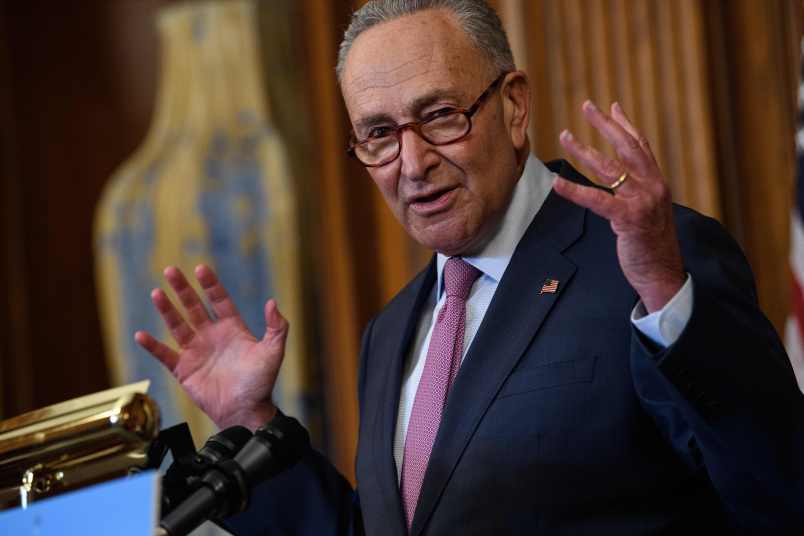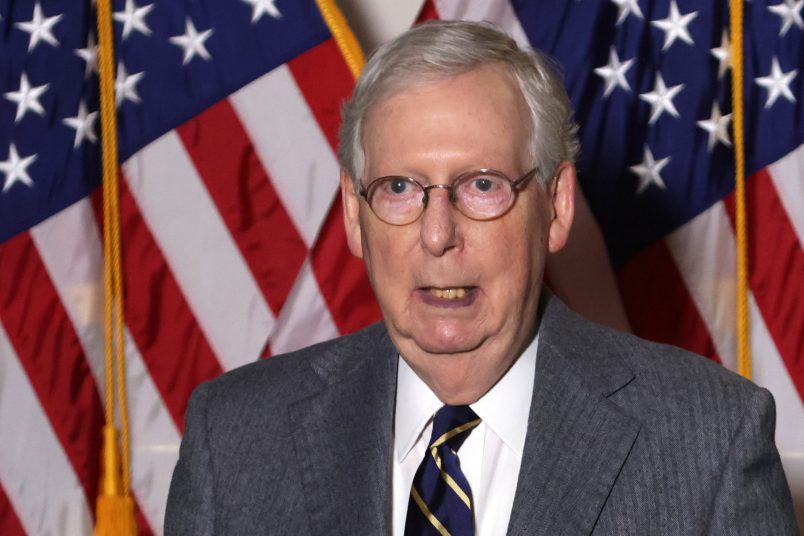HealthCare.gov is going to get fixed. The White House has promised it. Republicans have admitted it. But that’s not the end of the story for Obamacare, not by a long shot.
The Affordable Care Act is the biggest social services program to be implemented since the Great Society. It’s a grand experiment in whether, with a mix of incentives and regulations, the government can expand health coverage and reduce health care costs without eliminating the free market. It’s something that’s never been attempted before on this scale in American government.
That experiment is, as the Obama administration has become fond of saying, much more than a website. And its success won’t be guaranteed just because the website is working — just as it wasn’t doomed because the site wasn’t.
So what’s next on the list? What are the other markers that will tell us if the law is working as it was intended — or if it isn’t?
With some input from health policy experts, here’s what to be watching for once HealthCare.gov gets fixed. Remember: It could take months, and in some cases years, until conclusions can be reached on these issues.
Who signs up for insurance?
This has been critical from the start. For the law’s finances to work, insurers need young and healthy people to balance the older and sicker enrollees against whom they can no longer discriminate. In the minds of some experts, that ratio is even more important than the sheer number of people who enroll in coverage.
According to the White House’s own goals, about 40 percent (2.7 million) of the total enrollees (7 million) must be young and healthy. No nationwide breakdown is available yet on the ages of enrollees, but one state, Kentucky, has released that demographic data and its findings are promising for the law: 41 percent of its total enrollees (including Medicaid) are under 35.
How affordable is that insurance?
It sounds obvious, but it’s still an outstanding question. The insurance that’s available on the marketplaces needs to be a good deal for the average person, better than what they had before. There are a lot variables: monthly premiums, deductibles and out-of-pocket maximums. The law also does away with annual and lifetime benefits maximums, which should help consumers.
The verdict hasn’t come in yet. Premiums were lower than the Congressional Budget Office originally projected. But there are already reports of ‘deductible shock’ because some of the plans with the lowest premiums also have some of the highest deductibles or out-of-pocket maximums.
Obamacare includes financial assistance for both premiums and cost-sharing — how much depends on your income — but it’s impossible to know yet what the bottom line for average Americans will be.
Do people get to keep their doctor, as Obama promised?
Some plans for sale on the marketplaces have narrower provider networks than were available under pre-ACA plans. That’s one way for insurers to lower the cost of policies, but it can mean patients may not get to keep their existing health care providers or would pay more to see them if they’re outside the new network.
The New York Times covered this issue before the marketplaces opened on Oct. 1.
Consumers should be prepared for “much tighter, narrower networks” of doctors and hospitals, said Adam M. Linker, a health policy analyst at the North Carolina Justice Center, a statewide advocacy group.
“That can be positive for consumers if it holds down premiums and drives people to higher-quality providers,” Mr. Linker said. “But there is also a risk because, under some health plans, consumers can end up with astronomical costs if they go to providers outside the network.”
There are a number of caveats: The size of provider networks varies from state to state and among insurers. The same insurer may offer different provider networks at different price points. So if somebody purchases a more expensive plan, they could have a wider network of doctors.
But it again raises the question of whether people will be able to afford insurance that they like. It’s also a potential political problem because, as Time reported Tuesday, the second half of Obama’s “If you like your health plan, you can keep it” promise was: “If you like your doctor, you can keep your doctor.”
How competitive are the marketplaces?
The Obama administration credited robust competition among insurers with keeping premiums lower than expected in the law’s first year. Outside experts concurred. But that’s not set in stone. Insurance companies can pull out of the market next year (or any year after) if it isn’t working for them financially. That’s one of the reasons that insurers have warned that any substantial changes to the law’s insurance market reforms could “disrupt the market.”
Beyond that, some states don’t have much competition. In Mississippi, for example, only two companies are selling on the marketplace — and in some parts of the state, consumers will only be able to choose plans from one insurer. And Mississippians will pay some of the highest premiums in the nation under Obamacare.
Will more states expand Medicaid?
Right now, the country is split in half: 25 states (plus D.C.) expanded the program, and 25 did not. In the latter 25 states, all of which have some GOP-controlled element of state government that opposed expansion, five million people who were supposed to be covered by Obamacare won’t be.
But the expansion debate isn’t over. Terry McAuliffe’s election in Virginia has already brightened the prospects in that state, and advocates in states like Florida that came close to expansion this year have pledged to keep fighting in 2014. The conventional wisdom says that states won’t be able to resist forever, which is based in part on Medicaid’s original rollout in the 1960s. About half of the states signed onto the program from the start, but it wasn’t until 1972 that every state save Arizona had joined. Arizona didn’t participate until 1982.
It will be crucial for the Obamacare’s goals that more states come around. Medicaid was supposed to account for about half of the law’s coverage expansion, and without it, people below poverty will likely remain uncovered in non-expanding states.









